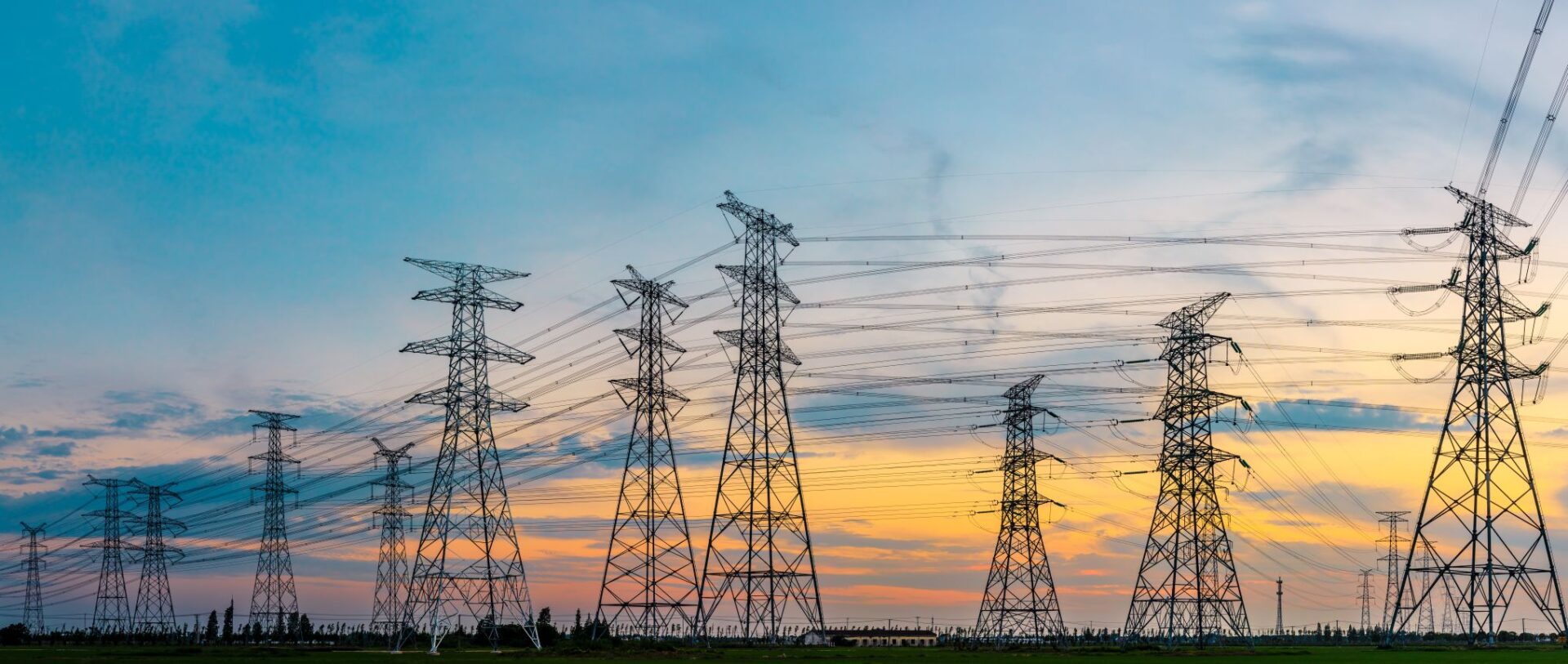Understanding Standing Charges: The Hidden Costs Affecting Your Energy Bills
Barnsley & Rotherham Chamber energy partner, Professional Energy People (PEP) explain the changes to business utility standing charges which has saved customers over £300,000 annually.
Over recent years, energy costs have been a hot topic, driven by global events such as the Russia-Ukraine conflict. This crisis significantly impacted raw energy prices, creating supply challenges and raising concerns about the UK’s long-term energy security. In response, many businesses have been exploring ways to improve energy efficiency and reduce dependency on the grid.
Another less publicised impact on energy costs has been the changes to the standing charges. Together with unit rates, standing charges form a fundamental part of your energy bill. So whilst a low unit rate might seem appealing, you need to make sure the standing charge isn’t hiding high and potentially unnecessary costs.
What Are Standing Charges, and Why Have They Increased?
Standing charges are designed to cover fixed costs associated with your energy supply, including:
- Maintaining the supply network including distribution and transmission costs.
- Collecting meter readings and maintaining meters.
- Providing customer service.
Recent changes in how these costs are distributed have led to increases for many businesses. Ofgem’s Targeted Charging Review introduced a voltage-based banding system for distribution (DUoS) and transmission costs (TNUoS), aimed at ensuring fair cost recovery across all business types.
Distribution Bandings: What You Need to Know
Your allocated kVA (Kilo-volt-ampere) determines your banding and associated costs. Higher voltage bands come with higher standing charges due to the infrastructure and maintenance required for high-voltage sites.
It’s crucial to understand your banding and whether it reflects your actual energy needs. Businesses with unnecessary kVA capacity may be paying more than they should.

Distribution Bands
How PEP Have Helped Businesses Save on Standing Charges
This year they have saved clients over £300,000 annually by optimising kVA allocations.
Through PEP’s energy procurement service, they will ensure you’re only paying for the capacity you need.
Downgrading Your kVA: PEP’s Approach
Desktop Review – To analyse your usage against your allocated capacity, the supply voltage and current banding.
Charge Review – They will clarify your distribution network charges and calculate potential savings from downgrading your kVA.
Proposal Discussion – They will discuss the proposals to ensure the proposed adjustments align with future energy needs before managing the application process.
Take Control of Your Energy Costs
Standing charges can have a significant impact on your bottom line. The team at Professional Energy People will work with you to create a tailored energy strategy, balancing cost savings with future flexibility to ensure the best solution for your business.
Their team deliver utility procurement and business energy solutions that focus on cost reduction, minimising energy use, and enhancing environmental sustainability.
Contact PEP today for your free membership energy consultation.
0330 0022180 | [email protected]




